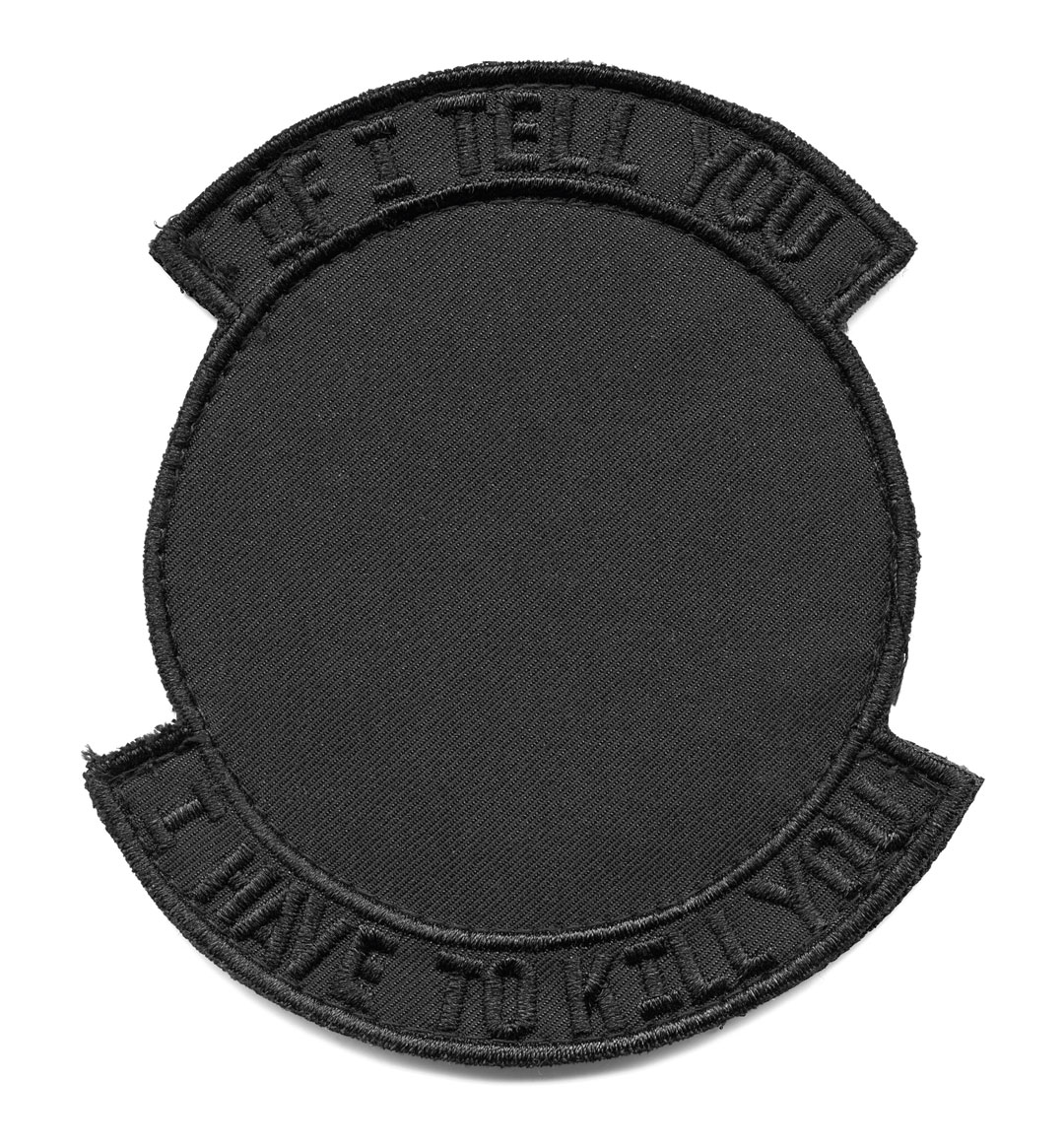
Trevor Paglen subverts classified military insignia
Why does the artist collect secret military patches? And what do they tell us about warfare today?
Military uniforms are often covered with public displays of ranks, regiments, and other associations. The stars, stripes, patches and medals help military personnel identify one another, and also serve as a kind of visual record of a soldier’s career.
However, a problem arises when military service men and women engage in operations that their respective governments would rather not recognise publicly. That problem – and its subsequent solution – led the US artist Trevor Paglen to create his Symbology project.
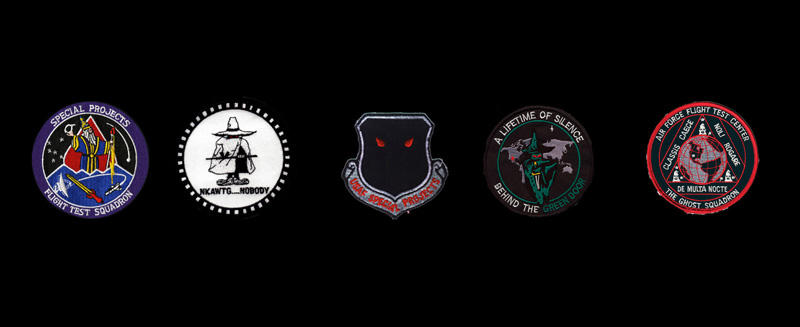
Though Paglen identifies as an artist, he doesn’t paint or sculpt, but instead uses archival, geographical and journalistic techniques to investigate surveillance and government secrecy in the digital age.
In this particular case Paglen has dug – and continues to dig - into the insignia created for the military’s black operations.
“He gathers the material paraphernalia produced around black operations and classified units,” writes US art professor Julia Bryan-Wilson in our new book on Paglen, “including military challenge coins – commemorative medallions often handed out by commanders to boost morale and to recognize special achievement within a unit – and patches embroidered with puzzling insignia that signal coded affiliation with specific missions when sewn on to uniforms.”
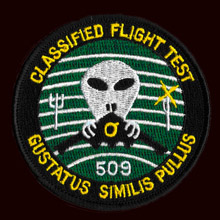
Paglen doesn’t overtly explain the patches’ symbolism. A few, such as a patch for the 509th Operations Group – a stealth bomber unit which once flew out of the Roswell Army Air Field, supposed site of the Roswell UFO incident – are fairly easy to identify. Others are more obscure. Yet if Paglen doesn’t offer much commentary on his secretive patches, others are willing to offer their insight.
“The crypto-patches are covert, “in-house” advertisements,” argues the science fiction author William Gibson. “They are best viewed as “industry” marketing tools, as each of these occluded, unmentionable, quiveringly secret crafts is the product of a given contractor. As deliciously sinister as they are, as redolent of our military-industrial hybridism.”
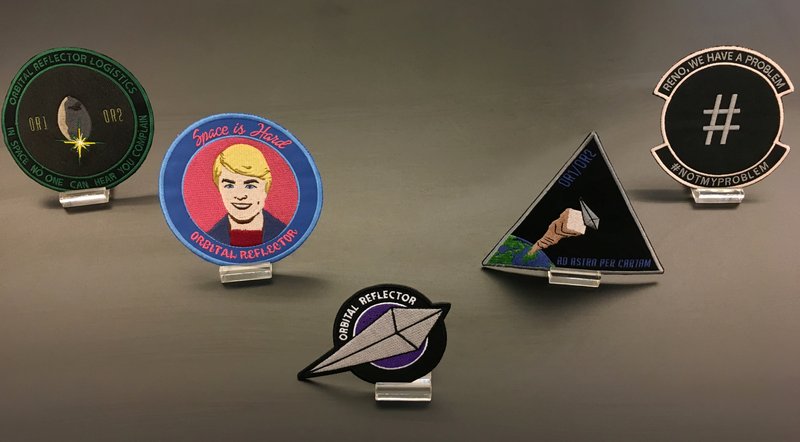
And if the patches serve as a kind of marketing tool, then Paglen is willing to create a version of his own. Later this year, the artist plans to launch the first satellite created purely as an artistic gesture via a SpaceX Falcon 9 Rocket.
Called the Orbital Reflector, Paglen’s satellite will reflect light, and should, the artist says, be as bright as a star in the Big Dipper. He hopes the work will rekindle our interest in near space – a region, Paglen fears is being colonised by less benign, military hardware.
Want to publicly pledge your allegiance to Paglen’s satellite of love? Then, head over to Artspace, where he has produced a limited edition of five patches celebrating the Orbital Reflector project.
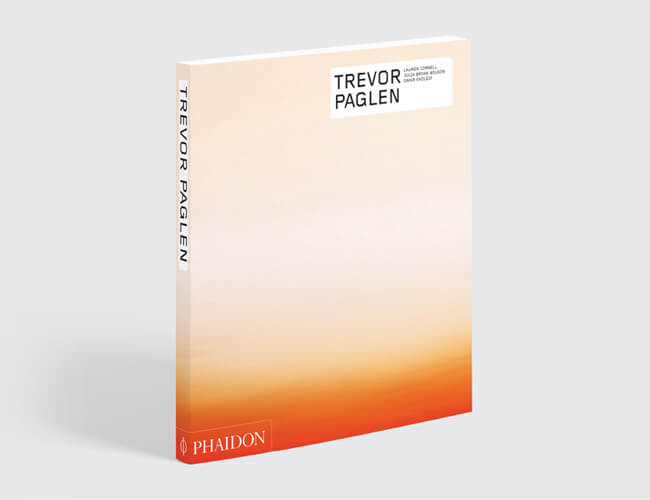
Meanwhile, for more on this important, timely artist, order a copy of our Trevor Paglen monograph here.